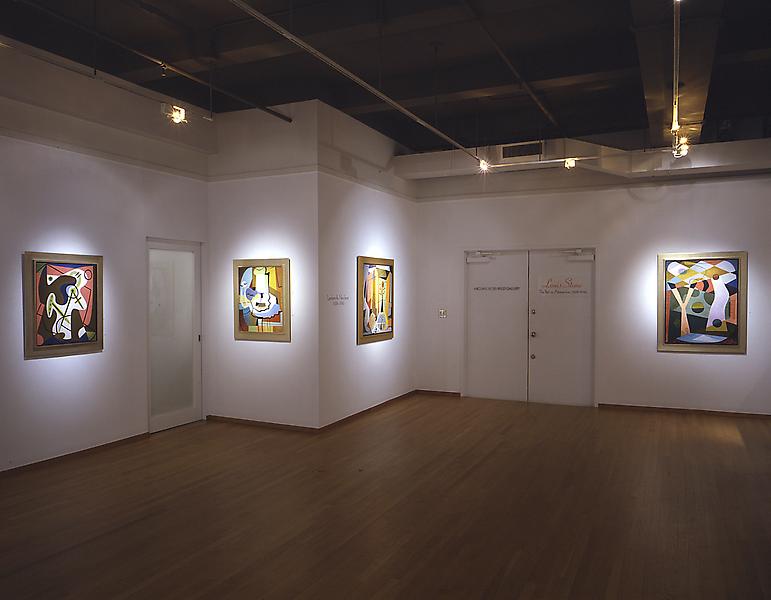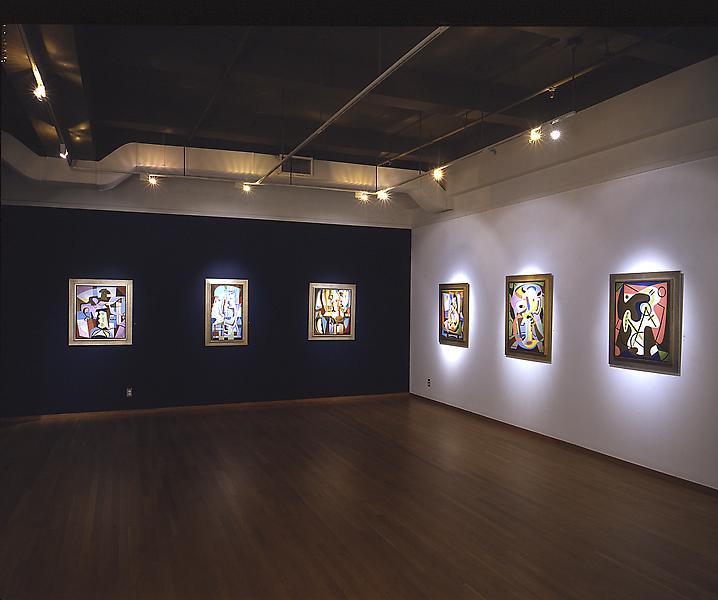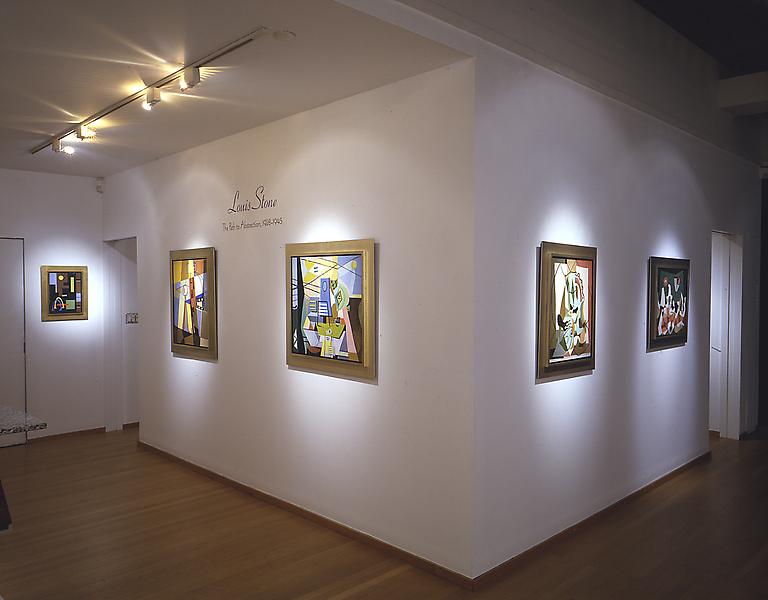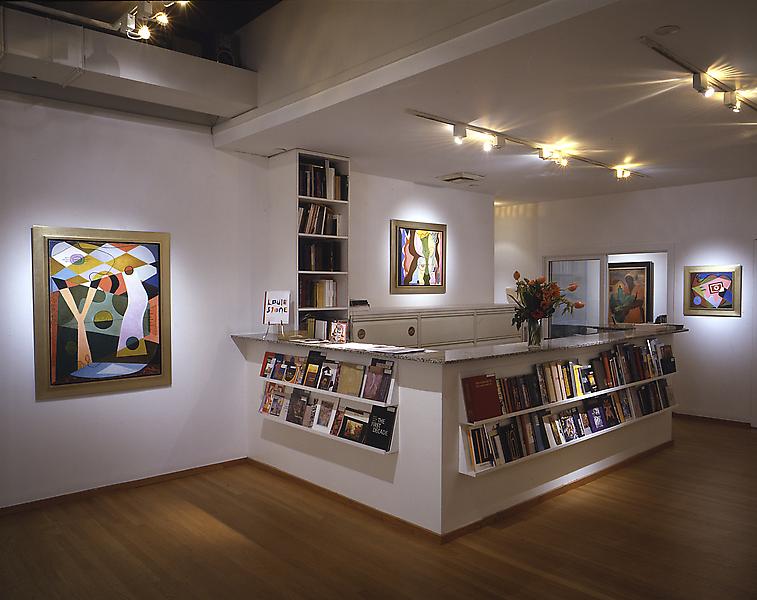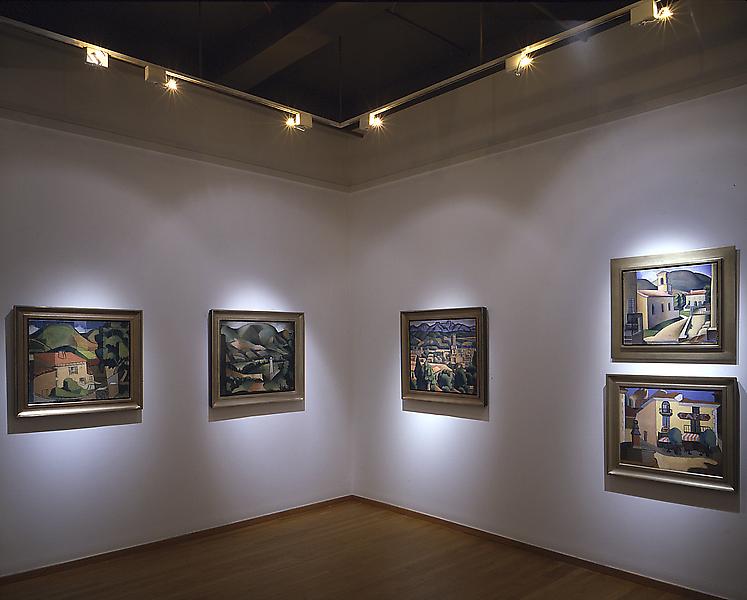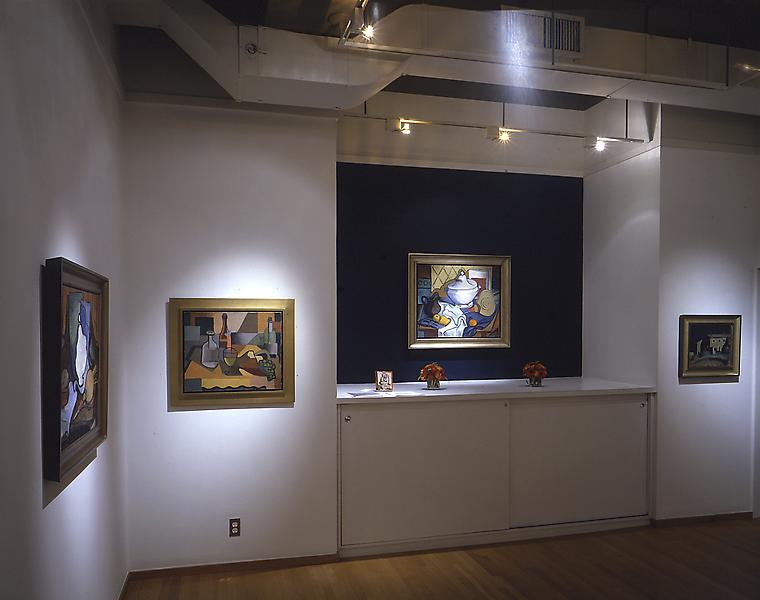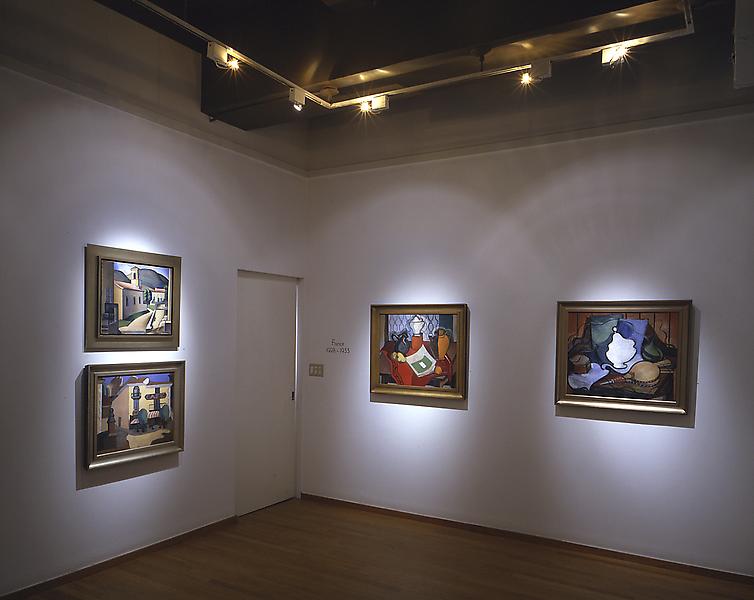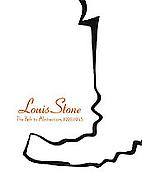Michael Rosenfeld Gallery is pleased to present its second solo exhibition featuring the work of Louis Stone (American, 1902-1984). This exhibition includes thirty oil paintings dating from 1928 to 1945, offering a comprehensive overview of the artist’s evolution from a traditional landscape and still-life painter to a bold, avant-garde modernist. Attracted to vibrant colors in tonal and spatial harmony, his abstract images evoke figures and suggest objects which become traceable motifs across a distinctive body of work. In the fully illustrated exhibition catalogue, Joseph Jacobs writes “Stone’s work absorbs, transforms, and reflects the social, historical, and aesthetic concerns of his period. Today, we examine his work not just because it has been uncovered and brought to light, but because postmodern aesthetics is willing to look at those artists ignored by the modernist critique.”
Louis King Stone was born in Findlay, Ohio and received formal art training at the Art Academy of Cincinnati (1919-20), the Pennsylvania Academy of Fine Arts summer sessions (1926), and New York’s Art Students League (1926-27). While painting in Gloucester, Massachusetts during the summer of 1927, Stone met artist Carolyn Hoag, whom he married later that fall. Following their marriage, the Stones lived in Europe for five years, spending most of their time in Southern France. While abroad, Stone studied with Hans Hofmann at the Hofmann School of Fine Arts in Munich, the Academie Colorossi in Paris, and with André L’hote at the artist’s summer school in Mirmande, France. He also lived and painted in Paul Cézanne’s former home/studio in Aix-en-Provence. Stone’s studies in Europe laid the foundation for his early non-objective work. Stone returned to the United States in 1933 and lived for a brief period in Woodstock, New York before traveling to Florida where Stone and painter James S. Morris co-founded the Stone-Morris School of Fine Arts in Jacksonville.
In 1935, Stone settled in Lambertville, New Jersey, a town near New Hope, Pennsylvania that was home to an active artistic and intellectual community. Stone reunites with close friend Charles Evans, and becomes a leading member of the recently formed Independents, a modernist artist’s collective founded by Charles F. Ramsey. Like other associations of American artists during this period (i.e. the American Abstract Artists and the Transcendental Painting Group), the Independents were struggling to gain recognition in a culture that was not particularly receptive to abstract art. Stone exhibited regularly with the Independents and worked to establish the Cooperative Painting Project. Inspired by the performances of improvisational jazz musicians, the Cooperative Painting Project held visual “jam sessions,” where the three artists would work together on a single painting, signing their finished artwork with the combined name “Ramstonev.” Stone frequently collaborated and exchanged ideas with other members of the Independents, but his work from the mid-1930s and 1940s retains a distinctive style that demonstrates a mastery of the modernist lessons he learned in Europe, while asserting an innovative use of flat color to suggest three dimensional space. Stone once remarked that he wanted “to keep his colors alive,” and consequently, his work contains visually complex color harmonies that demonstrate his willingness to break the stylistic conventions of the School of Paris in favor of a more idiosyncratic palette. In addition to his association with the Independents, Stone exhibited in the New York Worlds Fair in New York City (1939), as well as in museums and galleries throughout New Jersey, Pennsylvania and New York. He also worked for the WPA easel project (c.1935-1938). Stone continued to paint and travel extensively throughout North America until his death at the age of 82 at his home near Lambertville, NJ.
Michael Rosenfeld Gallery LLC is the exclusive representative of the Louis K. Stone Art Trust and this exhibition has been organized with their cooperation.
Download PDF

